AdSense is the publisher half of Google Ads, where you implement the code on your website, in your apps, or elsewhere to allow Google to run ads on your content. You can make money with it – decent money, in some cases – but there’s more to it than just display ads.
AdSense for Video, also known as AFV, is an AdSense product that allows you as a publisher to monetize web video content, app-based native video content, and other video formats. You know how you can just run AdSense on YouTube videos, and Google will place ads within the video itself? AFV lets you do the same with videos you host in other formats you control.
Now, before you can start using AdSense for Video, you need to make sure you’re eligible and that you qualify for it, and then you need to apply for it. This can be a lengthy process, though it helps if you already know some technical details. Let’s start at the beginning.
AdSense for Video Requirements
Before you can begin, you have to make sure you meet all of the requirements to use AdSense for Video. I’ve gone over each of the requirements below, but if you want to make sure they’re still the same, or want to read alone, Google keeps their reference documentation up to date.
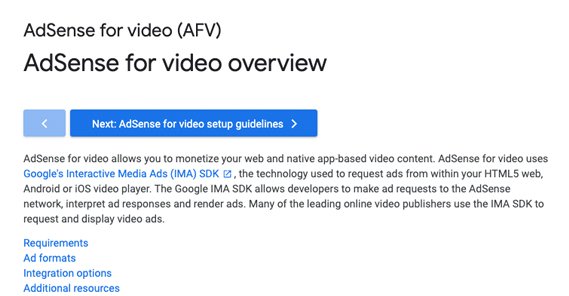
Make sure you’re compliant with general AdSense policies. The general AdSense program policies can be found here. You probably know what most of these are, since they’re fairly standard rules. You know, don’t refer invalid clicks, don’t monetize offensive content, don’t publish stolen copyrighted material, and so on. We’ve covered them before in posts like this one.
You also need to make sure you’re compliant with Google’s video-specific policies. Since you’re going to be a video publisher and you’re not hosting video content on YouTube, Google can’t simply process your video with their algorithms the same way. You have to make sure you’re following these requirements.
- In-stream ads have to use Google’s SDKs or an official Google Beta program.
- You cannot embed a YouTube video and then run AdSense for Video ads next to that video.
- Out-stream ads must use official Google SDKs as well.
- Meta data for your video content must be high quality and accurate.
- Videos must be either audible by default, or declared properly as a muted placement.
- You cannot run video ads in placements where video content is not present.
- You have to accurately declare the video size in referred data, and videos must be a standard aspect ratio.
- You cannot obscure, hide, or otherwise disrupt ad content rendering or ad control buttons.
- You cannot run more ads in duration than you have video content in duration.
- Ads cannot auto-play below the fold or on hover.
- Only one ad can play at a time.
These are also pretty standard. Make sure you’re not trying to use non-standard ad units, make sure you’re not misrepresenting your ad inventory, make sure you respect your users and the advertisers, and so on. There are more specific rules than what I listed above, and there’s a lot more detail about them. Read through these and make sure you comply.
Your video content cannot be hosted on YouTube. Monetizing YouTube videos simply uses AdSense, you don’t need to use AdSense for Video. YouTube has all kinds of rules of its own to content with, so keep those in mind.
Your video content must be family safe. As with all internet content, you cannot target users under the age of 13 due to legal reasons as well. No adult content allowed in AdSense for Video.
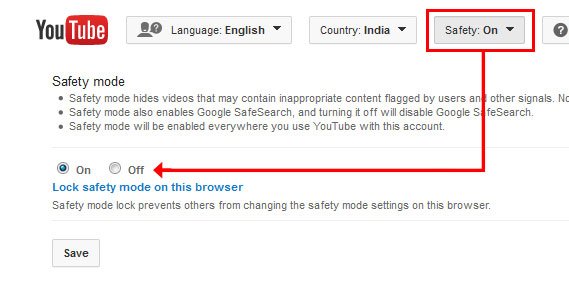
You must have a sufficient volume of content. More specifically, you must have a volume of content with a certain level of views. Google’s exact quote is “Have a high volume of video content, i.e., greater than 40% video content with over 2 million video impressions monthly.”
This is a roadblock for a lot of smaller sites and app owners. AdSense for video, as it turns out, is largely aimed at wide-spectrum ad agencies monetizing a lot of different apps, or sites that offer a lot of video content with a lot of impressions. A small blog with a few videos each month, each of which gets 10,000 views or so, is not going to be sufficient volume to apply.
Then you have the technical specifications. You must use a video player integrated with the Google IMA SDK, or be compliant with VAST 3.0 and VPAID 2 JS. If you don’t know what those are, talk to whoever is in charge of implementing your video content. You can read more about this entire system here.
Additionally, your video player must be HTML5, Android, or iOS-based. No Flash-based web video players or other custom solutions are allowed here. This helps Google ensure that there’s a certain minimum level of technology compatibility and security involved in their ads.

Out of all of this, the video content volume restriction is the one most likely to disqualify you. If not that, then it’s probably an issue with following AdSense policies. Most third party video players already integrate the technologies necessary to run AdSense for Video ads, or already have AdSense compatibility built in.
Applying for AdSense for Video
The actual process for applying for AdSense for Video is pretty easy. I’ll walk you through the steps here.
First, go to AdSense and sign into your account. You should be taken to your core AdSense dashboard.
Next, find the “Ads” section in the left menu, and click on Other Products. One of the options under Other Products is video. There will be a button labeled Apply for AdSense for Video. Click this.
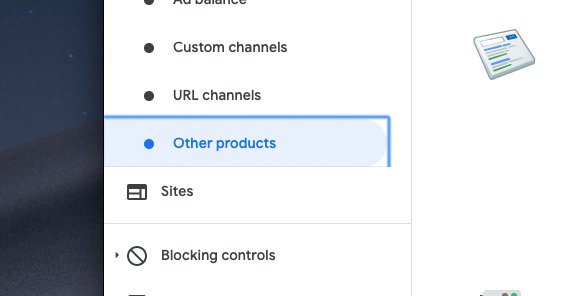
Google will present you with an interactive set of instructions to complete, asking you to fill out information about the property you plan to monetize with AFV.
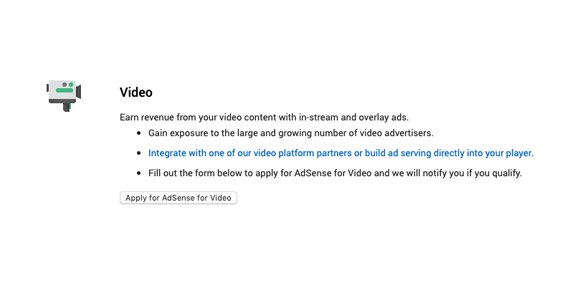
Essentially, what they’re going to do is give you a piece of code that you plug into your video implementation. This is a “control” code and does not start running ads on your content right away. Instead, it harvests information about your audience and their behaviors.
Remember how Google has all those policies about fraudulent traffic and about the volume necessary to run AdSense for Video ads? Well, this is how they check to see if you’re eligible. You run this code on your site for a while, and they measure to see if you have a sufficient volume of non-fraudulent traffic to be worth adding to their program. Unlike base AdSense, this actually has rather strict requirements, so if you don’t make it in, you’re going to need to build up a larger, legitimate audience.
Once Google has monitored your video for a while, they will send you a determination. They will either accept you into the program or reject your application. If you are rejected, they may or may not tell you why, but chances are it’s probably related to either volume of traffic, fraudulent traffic, or some technical issue with placement.
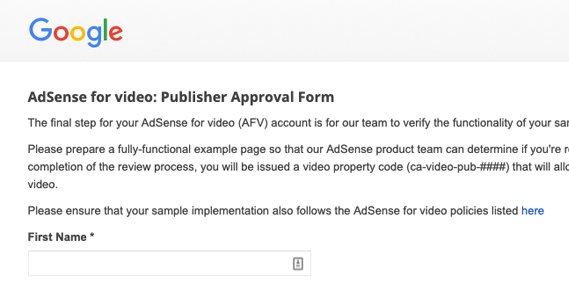
Sometimes, Google will also decide that the content of your content – you know, what your videos are actually about – is not something they want in their program. This usually won’t happen, unless you’re trying to make the next LiveLeak or something. Still, if you’re hosting adult content, violent content, hateful content, or something else in violation with the general AdSense content terms, that’s a reason for rejection as well.
If you’re approved for the program, Google will send you a new snippet of code. This is your unique publisher ID. You will have to follow the implementation instructions in the quick-start guide to use it. You use your ID to request ads, and it allows Google to monitor your performance for analytics purposes. Without it, they wouldn’t know who is who in their network, and thus wouldn’t know who to give money to when you earn a payment. You know how it goes.
Once you’ve implemented the Google SDK into your video player, or provided your publisher ID to the third party system you’re using for video, you’re ready to start running ads and making money.
AdSense for Video Frequently Asked Questions
Now let’s cover some of the more frequently asked questions regarding AFV. Some of these are pulled from Google’s FAQ, but they also cover more, so once you’re done here I recommend checking if their guide has any answers I didn’t provide.
1. What ad formats are available?
You have a fairly standard selection of ad formats for your AFV implementation. Video gives you instream non-skippable video ads, TrueView ads, and bumper ads. You can also use Fullslot ads – more about them in a moment – and overlay ads.
2. Fullslot? What’s that?
A Fullslot ad is a skippable, linear image or text ad that appears in one of the usual before, after, or in-stream content positions.
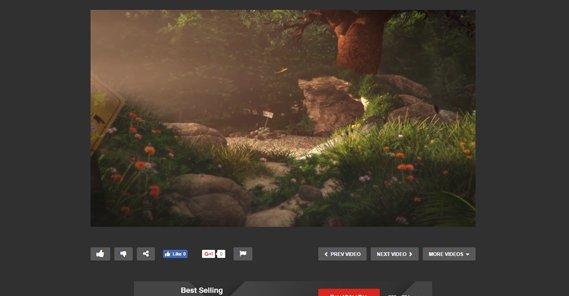
If you’ve ever used a mobile app and had an ad break that is timed, but only shows a display ad rather than a video, that’s what a fullslot ad is. You can see an example of one on this page, figure 4.
3. What sizes are supported for AFV ads?
Different kinds of ads have different size requirements. Video ads are variable sizes, but must be in one of the standard aspect ratios, such as 4:3, 1:1, or 16:9. Text fullslots also have variable sizes, because text can be wrapped. Image fullslots come in 200×200, 250×250, 300×250, 336×280, 450×50, 468×60, 480×70, and 728×90 sizes. Overlay ads can be 728×90, 480×70, 468×60, 450×50, or 320×60.
4. My revenue peaked and is dropping, what’s happening?
When you first implement AdSense for Video, users will have to get used to your ads. Initially, engagement rates might be high as users experience these ads for the first time, or they click accidentally, or otherwise have to figure out what’s going on.
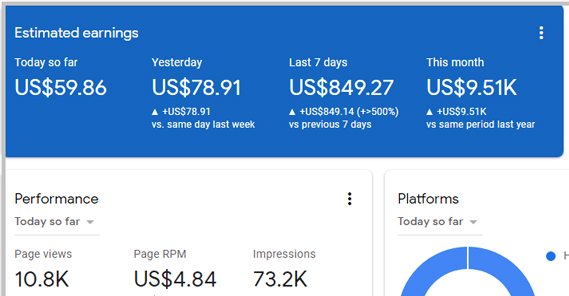
Eventually, they will get used to it, and your revenue will drop. These fluctuations will smooth out eventually. Just be aware that the performance of your initial few days or weeks is not indicative of your overall future performance.
5. My ad coverage is poor, what’s going on?
If you’re coping with a poor level of ad coverage, there’s generally two main causes. The first is related to your own geographic location. Google may be a global company, but a huge portion of their networks for both advertisers and publishers tend to choose either strictly USA or broad “first world” countries as options. If you’re outside one of these areas, there may simply not be enough advertisers in the ad formats you’ve chosen. You can solve this in part by using other ad formats as backfill to show something rather than nothing at all.
The other possible cause is that you’re using blocking to prevent certain kinds of advertisers from running ads on your content. This is a common and very good idea as a publisher; you don’t want competitors or companies you find antithetical to your attitude being shown to your audience. However, too-broad blocking may mean you don’t have enough advertisers to fill your ad slots. You have to find the right balance.
6. Am I allowed to let others embed my monetized videos?
This is a valid practice that Google allows. If you’re a company providing video and you want to monetize it, that’s fine. If you want to allow other people to embed your videos on their sites, you can allow that, and ads will run properly on those videos as well.
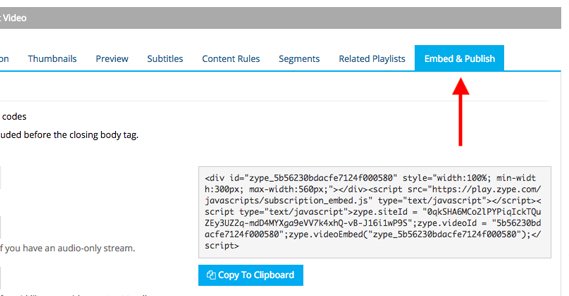
Keep in mind, however, that there are a few rules, restrictions, and guidelines for this.
- You are still responsible for the sites your video is embedded on. If you give embed code to a site that also hosts adult content, you may be penalized for it.
- It’s generally a good idea to make sure your embed code is a JavaScript call rather than static HTML, in case you need to edit it later without breaking older embeds.
- You are not allowed to create a revenue share channel for people embedding your videos. Splitting AdSense earnings is a prohibited practice.
It’s also a good idea to monitor what your embeds are doing so you can cut off sites that are, for example, referring a lot of fraudulent traffic.
For other questions relating to the AdSense for Video platform, refer to Google’s documentation or check on the Google product forums for direct assistance.



0 Comments